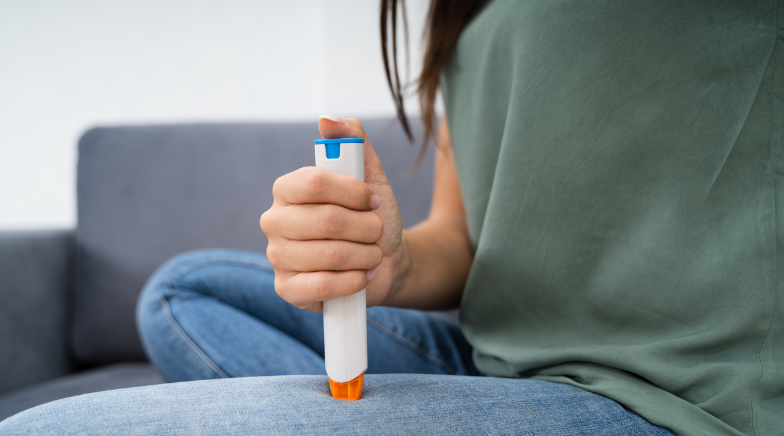Whether big or small, medical inventions have not only etched milestones in medical history but have transformed patient safety and quality of life. Born from next-level human determination, these devices have paved the way toward a healthier future for humankind.
Created in 1950 by biomedical engineer John Hopps, the pacemaker has kept hundreds of thousands of hearts beating ever since. Also known as a cardiac pacing device, the pacemaker regulates the heartbeat by stimulating the heart through a series of electrical signals. About the size of a standard matchbox, the pacemaker can be worn internally or externally. This device has significantly impacted patient life expectancy, extending lives by an average of 10 additional years.
-
Cochlear Implant
With its first implementation in 1972, the cochlear implant (CI) has been revolutionary for people with severe hearing loss. Unlike hearing aids, this device is surgically implanted inside the cochlea. The development of the CI started with the discovery that an electrical current can communicate sound to the brain. With similar functionality today, CIs work by receiving and processing sound that is then sent to the auditory nerve. On average, patients experience hearing capabilities that are 6-7 times better with than without the implant.
-
Insulin Pump
Introduced in the late 1970s, the insulin pump has helped patients with both type 1 and type 2 diabetes. This device works by releasing insulin similar to the way your body naturally would. One of the key advantages the insulin pump possesses is that you need fewer needle pricks than you do with traditional insulin injections. Overall, this device has helped countless patients manage their blood sugar in a more convenient way, allowing them to live happier, healthier lives.
-
Ventilator
A ventilator is a machine used during intensive care medicine to help patients who are unable to breathe. The development of this device began in the 1920s and was primarily used for patients suffering from polio. Since then, there have been multiple variations of the device, eventually leading to the positive pressure ventilator used today. This device works by mechanically pushing a mixture of room air and oxygen into the lungs. During the COVID-19 pandemic, ventilators were one of the most valuable medical devices used in hospitals, as they helped a countless number of patients breathe while being cared for.
-
Autoinjector
The autoinjector was introduced in the 1970s by biomedical engineer, Sheldon Kaplan for the U.S. military as an effort to protect soldiers from chemical warfare. Since then, autoinjectors have evolved and made their way into mainstream healthcare. The most commonly known autoinjector is the EpiPen®, which is prescribed to people with severe allergies and at risk for anaphylaxis. Not only do autoinjectors deliver life-enhancing, or in many cases, life-saving medication, but they do it in a way that gives power to the patient. This device has empowered patients to self-administer injection-based medication with ease of use—something that is especially useful for people who are uncomfortable with needles.
Each and every medical device has made its mark on human health and safety in one way or another, and there are many more that could be on this list. Together, they go to show the impact that medical technology has had on our collective quality of life.




